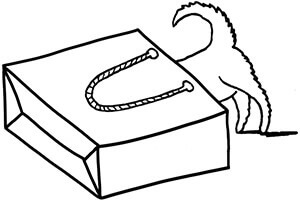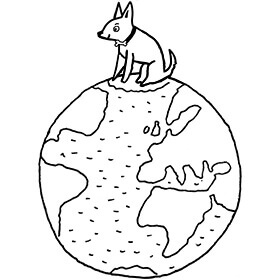-

Your Shopping Bag is empty

The Responsible Choice
Buying antique jewellery is both ethical and eco-friendly as harmful and destructive mining processes are not needed to make an item yours.
Find Out More

 Free Australia Shipping
Free Australia ShippingNorman Grant was born in Forres, Moray in 1943 and studied at Gray’s School of Art in the 1960s.
In the late 1960s Grant began to design jewellery. His preferred medium was translucent enamelA pigmented glass-like material used in powdered form and fused onto the metal surface of a piece of jewellery. More which he combined with sterlingAn alloy of 925/1000 fine silver with a permitted tolerance of 4/1000ths for an article made without solder or 10/1000ths, if it includes solder. More silverA metallic element which is malleable and ductile, and white in colour, making it ideal for use in jewellery. It is usually mixed with copper to improve its hardness.
More. The comparatively low cost of materials enabled him to be experimental in his work while keeping the cost to the customer reasonably low. Knowing that to be successful he had to sell, Grant showed examples of his work to local jewellers and was surprised when all the pieces sold in one morning. Right away Grant found himself working full time to complete orders and within a year the popularity of his work was assured. With its psychedelic colours and Pop Art patterns, his jewellery reflected the fashion and style of the period.
Having initially studied graphic design before switching to silversmithing, Grant often maintained that he was influenced by the naturalA natural stone is called such because it has not been subjected to any treatments. More forms of the coastal landscape he had grown up with. Inevitably these influences found their way into his early jewellery designs; microscopic plant cell structures, petals, stamens, seed heads, trees, driftwood, shells, seaweed, anemone-like forms and later fish, wave and cloud motifs can all be seen in his work.
This pendant is a good example of his work. His designs were made up in the workshop by one of his silversmiths but it is known that Stickleback Motif Pendant was made by Grant himself. Grant’s original design brochures feature this pendant as design number PG17. The piece is finished in vitreous glass (kiln-fired) enamel in translucent shades of plum, yellow, orange and green set within the silver cells which form the abstract outline of a stickleback fish and give the pendant a kaleidoscopic effect.

Aberdeen Art GalleryA strip of metal that is pierced with a continuing pattern, often framing vertical lozenge-shaped openings within an upper and lower band. Such strips are used by jewellers to make a claw setting for a finger ring after slicing the strip horizontally so that it becomes a series of points which hold the stone. The complete gallery is called 'closet' and the h... More has a small collection of his pieces

Buying antique jewellery is both ethical and eco-friendly as harmful and destructive mining processes are not needed to make an item yours.
Find Out More


We always stand by our five core principles:
Quality, Rarity, Expertise, Peace of Mind and Personal Touch